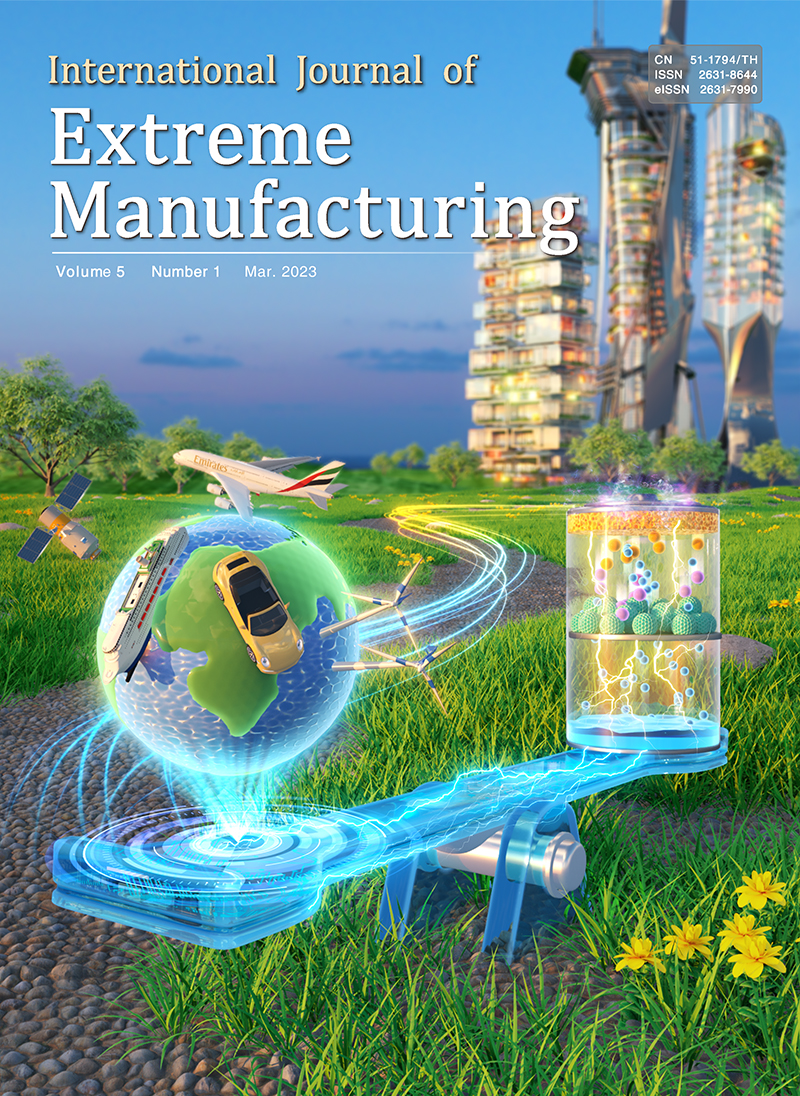REVIEW ● OPEN ACCESS Read More
Lingbao Kong, Xing Peng, Yao Chen, Ping Wang and Min Xu
1. Introduction
Multi-sensor techniques are implemented to monitor manufacturing process for convenient operation, and hence to achieve better machining quality by controlling and compensating the machining errors. Meanwhile, in multi-sensor system, data fusion realizes the consistent interpretation for comprehensive information so that the multi-sensor system has better performance and capacity compared with each subset sensor in terms of rich information and high precision. Prof. Lingbao Kong reviewed the multi-sensor measuring and data fusion technology with its applications in precision monitoring system. The multi-sensor measurement has been widely used in various fields such as additive manufacturing (AM) monitoring, laser welding, milling process, equipment condition monitoring and fault detection, etc. The multi-sensor system utilizes relevant signal processing algorithms to combine all the independent measured data to provide comprehensive measurement results, and related data fusion methods and algorithms involved are summarized. Prof. Lingbao Kong, Prof. Min Xu, Mr. Xing Peng, Miss Yao Chen, Mr. Ping Wang, from Shanghai Engineering Research Center of Ultra-precision Optical Manufacturing of Fudan University, published a review paper titled ‘Multi-sensor Measurement and Data Fusion Technology for Manufacturing Process Monitoring: A Literature Review’ in International Journal of Extreme Manufacturing (IJEM), which detailly introduced the research background, the latest progress and the future outlook of the multi-sensor measurement and data fusion technology.
2. Research Background
Modern instruments are generally equipped with many different sensors, each of which has its own separate function. Each sensor in the monitoring system can measure a certain parameter independently and then use particular signal processing algorithms to combine all the independent measurement values to provide a complete result. Such kind of system can be called multi-sensor system. The multi-sensor system is increasingly used to reduce the cost of microprocessors. Meanwhile, sensing instruments make it economically applied for signal processing systems and digital closed-loop control. Furthermore, in a multi-sensor system, the key to achieving the system function is the coordination of all sensors. The process of combining the measurement data of all sensors and utilizing fusion algorithms to provide a complete overview of the measurement is called multi-sensor data fusion, which can improve the capacity and reliability of the monitoring, as well as expand the range of spatial-temporal perception, reduce the degree of inference ambiguity, improve detection accuracy, increase the dimension of target features, improve the spatial resolution, and enhance the fault-tolerant ability of the system. Professor Kong provided a detailed introduction to the applications of multi-sensor system and data fusion technology in the paper.
3. Recent Advances
With the rapid development of precision manufacturing technology, a lot of research has been undertaken in the field of multi-sensor measurement and data fusion technology, aiming to enhance the monitoring capabilities in terms of measurement accuracy and information richness, by which the efficiency and precision of manufacturing can be improved. In a multi-sensor system, each sensor independently measures certain parameters. And then, the system uses relevant signal processing algorithms to combine all the independent measured data to provide comprehensive measurement results. The purpose of this article is to outline the multi-sensor measurement and data fusion technology with its applications in precision monitoring system. As shown in Figure 1, modern instrumentation systems are equipped with many different sensors, each of which has its own separate functions. The multi-sensor system applied in the AM monitoring system, laser welding system, milling system, equipment condition monitoring and fault detection system, have been presented. Meanwhile, the data fusion hierarchy and fusion algorithms have also been summarized.
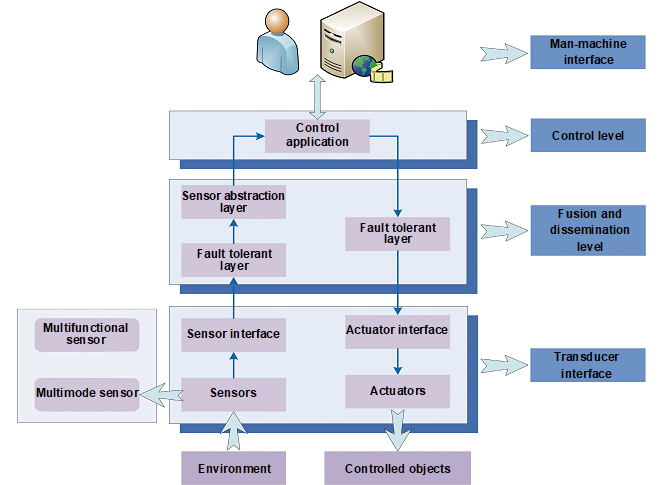
Figure 1. Framework for intelligent multi-sensor system
Multi-sensor technology in AM monitoring system
Additive manufacturing technology has many advantages, including a short product development time, generating complex and customized components, repairing various mechanical parts, etc. However, compared to traditional manufacturing systems, the defect rate of products in AM process is still very high. To address this issue, many recent thematic studies, projects, and roadmaps have prioritized the development of process monitoring methods. As shown in Figure 2, the optical monitoring set-up consists of the NIR CMOS camera and the photodiode. Sensor 1 and sensor 2 which are sensitive to the wavelength between 400-1000nm, capturing the radiation emitted by the melting pool with the beam splitter. The NIR CMOS camera is used to determine the shape and temperature distribution of the melting pool during the process of manufacturing. Furthermore, the multi-sensor technology applied in the Directed Energy Deposition (DED) processes, and the robotic gas tungsten arc (GTA) based AM processes, have been detailly reviewed.
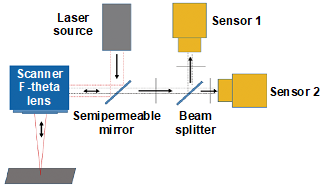
Figure 2. Scheme of the multi-sensor monitoring system
Multi-sensor technology in laser welding system
During laser welding, the material interacts with the laser beam, generating a range of different process characteristic signals, which may include airborne and structure borne acoustic emissions, reflection of the laser beam itself from the interaction zone, and process emissions emitted by the metal vapor in and above the keyhole, the molten pool, and the base metal. The first monitoring approach in the current work has investigated optical based signals associated with these process emissions. Photodiodes, sensing visible and near-infrared (NIR) emissions, were used to monitor laser induced radiative emissions from the laser interaction zone. In order to improve the quality of welded components, it is essential to monitor and control the weld penetration during the welding processes timely in manufacturing industry. As shown in Figure 3, the multi-sensor system is used to monitor the weld penetration.
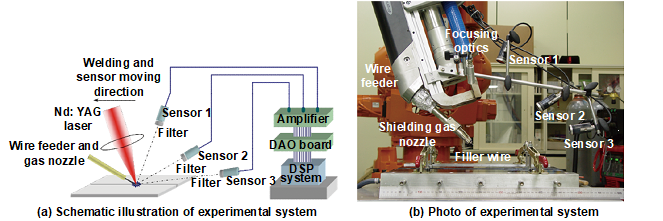
Figure 3. The presentation of experimental setup for laser welding and monitoring system
Multi-sensor technology in milling system
Milling is a common and effective cutting process, which can generate threads, flat surfaces, and many other complex components by using a rotary cutter with one or more teeth. Currently, the milling process has been utilized widely in industrial manufacturing because it is suitable for the mass production. As shown in Figure 4, the researchers developed a multi-sensor measuring system on a rotating cutting tool, to measure the vibration, temperature, torque and three components of cutting force simultaneously in a wireless environment.
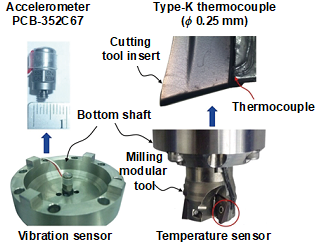
Figure 4. Setup of vibration and temperature sensor
Multi-sensor technology in condition monitoring and fault detection system
In the process of manufacturing, fault detection and condition monitoring are required to prevent machine failure, extend the life of the machine, reduce operating costs, and increase operating time, which can be achieved by different types of monitoring sensors. As shown in Figure 5, the platform monitors the transformer failure by using the photoelectric infrared thermal imaging sensor, measuring the transformer's internal temperature. By means of receiving the radiation emitted from the surface, the temperature of the measured object can be determined conveniently by the infrared thermal sensor.
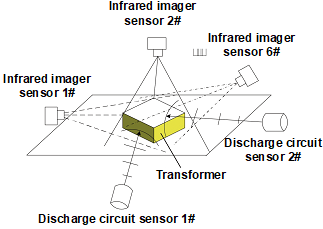
Figure 5. The scheme of the Diagnosis setup with multi-sensor data fusion methods
Data fusion hierarchy
Data fusion technology has become one of research focuses in the world. Data fusion refers to making full use of multiple information sources and combining redundant or complementary information of multiple information sources in space or time domain. The process of data fusion is to synthesize different sources of information with mathematical methods and technical means in order to obtain high quality and useful information. According to the level of processing information source, information fusion can be divided into data layer fusion, feature layer fusion and decision layer fusion.
Data fusion algorithms
Data fusion involves various theories and technologies, and there is still no completely uniform algorithm that can adapt to all scenarios. Therefore, in the application, corresponding algorithms should be selected according to different application background. According to the classification of algorithm concept, data fusion algorithms are mainly divided into three categories: physical model algorithm, parameter-based algorithm and algorithm based on cognition model. For example, the algorithms based on cognition model mainly include logical template method, fuzzy set theory algorithm, genetic algorithm and knowledge system method. As shown in Figure 6, the part in the dotted box is not available in the classic decision template method. The modified matrix is applied to modify the decision distribution diagram of target, so as to reflect the ability of the sensor to classify and identify specific kinds of targets, so as to obtain the decision distribution diagram of the modified target. The maximum similarity category is selected as the output, and the decision distribution map of unknown target is classified to realize the fusion target recognition.
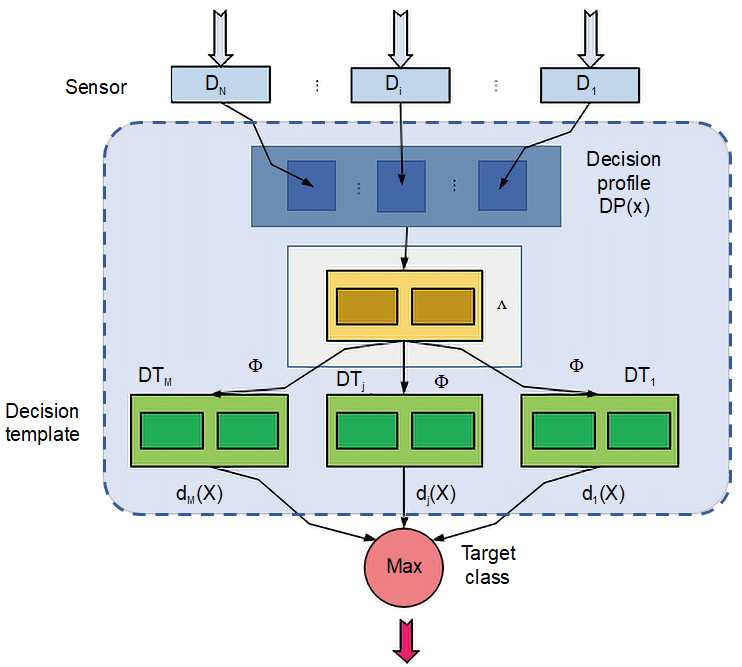
Figure 6. Diagram of modified decision template method.
4. Future Prospects
The multifunctional sensor has become an emerging research area, and researchers are trying to design a single unit of multifunctional sensor which is able to provide multiple measurements. Furthermore, the utilization of the multifunctional sensor is beneficial as it can occupy less space, reduce the cost, while it has the reliability issues. Multifunctional sensors have been increasingly used in variety of applications ranging from environmental, biomedical, mechanical, electrical fields, etc. Some significant works have been undertaken in multifunctional sensors in material science field as well as electrical engineering field. Together with the multisensory or multi-functional sensor technology, the data fusion technology is in the ascendant. Almost all information processing methods can be applied to data fusion system. With the rapid development of modern technology such as sensor technology, data processing, computer, network communication, artificial intelligence, parallel computing software and hardware, etc., new data fusion methods will be demanding and emerging, and will become the core technology for future industrial multi-sensor data fusion system of intelligent detection and data processing. The application field will continue to expand. As a new research field, multi-sensor data fusion is not a single technology, but an interdisciplinary comprehensive theory and method, and is still in the process of constantly changing and development.
5. About the Authors

Prof. Lingbao Kong, PhD, Research Professor. Prof. Kong has been engaged in ultra-precision manufacturing and metrology for many years. His research interests include ultra-precision intelligent manufacturing, freeform machining and measurement, multiple spectrum inspection and data fusion, etc. He has been involved in many national key R&D projects including Science Challenge Program as PIs or Co-Is. He has published more than 130 research papers, and got many granted patents and national & international awards.







